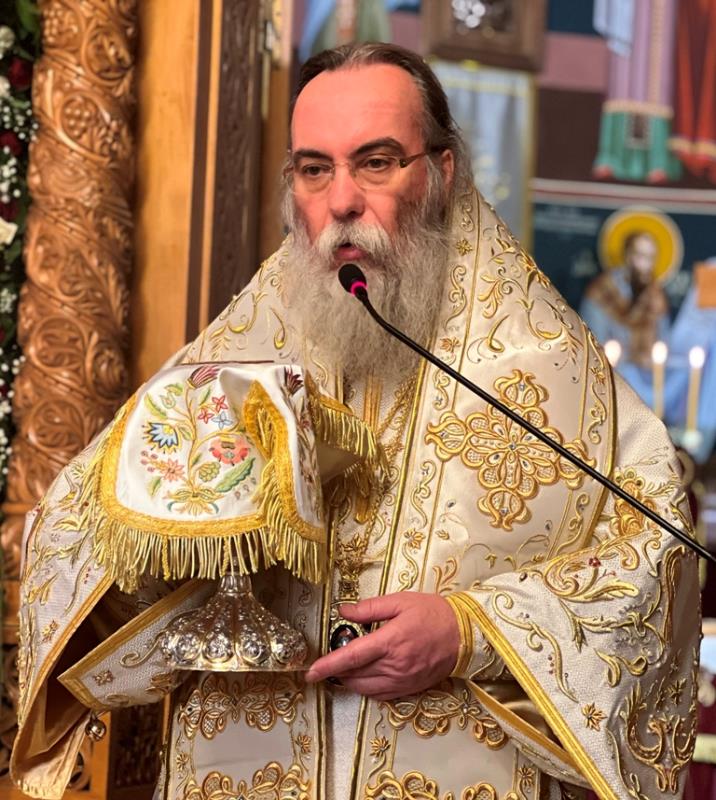



Σεβ. Μητροπολίτης Κισάμου & Σελίνου κ. Αμφιλόχιος
Χαιρετισμoς«Αντικαταστήσαμε τη σοφία με την γνώση και τώρα πια αντικαταστήσαμε τη γνώση με την πληροφορία», γράφει ο Τόμας Έλιοτ στην «Έρημη χώρα».
Μπορεί, άραγε, να γίνει το διαδίκτυο σημαντικό ποιμαντικό εργαλείο στα χέρια της Εκκλησίας; Μπορούν, άραγε, τα εκατομμύρια των ανθρώπων που καθημερινά πλοηγούνται στο ηλεκτρονικό σύμπαν να ψηλαφήσουν την ελπίδα, να ανακαλύψουν τα θαυμαστά του Θεού και των ανθρώπων, μέσω του διαδικτύου; Διαβάστε περισσότερα
τα νέα μας
επικαιρα & εκδηλωσειςΠρόγραμμα Ι.Ναού Οσίου Νικηφόρου του Λεπρού
Μηνος ΑπριλιουΟ Ιερός Προσκυνηματικός Ναός Οσίου Νικηφόρου του Λεπρού, διά τον μήνα ΑΠΡΙΛΙΟ θα είναι ανοικτός σύμφωνα με το ακόλουθο Πρόγραμμα:
- Κάθε Τετάρτη 16:00μ.μ. έως 17:30μ.μ.
- Κάθε Σάββατο 8:00π.μ. έως 12:00π.μ.
- Κάθε Κυριακή 11:00π.μ. έως 13:00μ.μ. και 16:00μ.μ. έως 17:30μ.μ.
Ιερές Ακολουθίες μηνός ΑΠΡΙΛΙΟΥ
⦁ Όρθρος μετά Θείας Λειτουργίας (ώρα 8.00π.μ. έως 10.00π.μ.)
Σάββατο 13 Απριλίου – Σάββατο 20 Απριλίου
⦁ Ιερά Παράκλησις του Οσίου (ώρα 17:00μ.μ.-18:00μ.μ)
Κυριακή 14 Απριλίου – Κυριακή 21 Απριλίου
ΙΕΡΟ ΕΥΧΕΛΑΙΟ-ΜΕΓΑΛΗ ΤΕΤΑΡΤΗ 1/5 (ώρα 17.30μ.μ-18.30μ.μ.)
Χρήσιμες Πληροφορίες
Ιερά Αναγνώσματα
«Μελετώντας τα λόγια του Θεού θεραπεύεται κανείς
χωρίς να το καταλάβει…»
Διδαχές Αγίου Πορφυρίου



